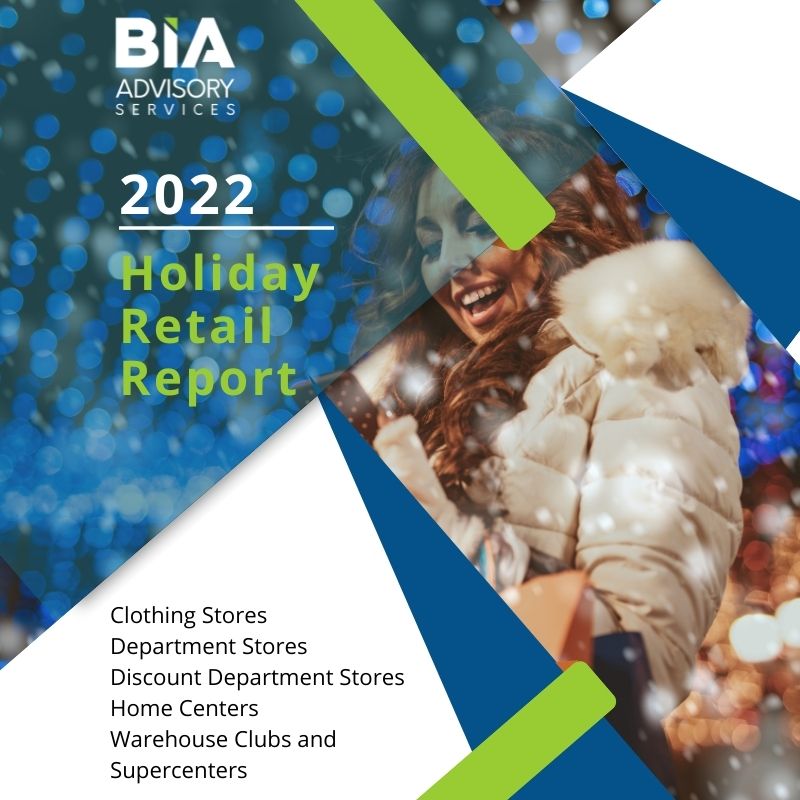Description
Number of Pages: 9
The report 2022 Holiday Retail Report (Part 1) examines local media spending in 2022 for larger retail outlets. It also includes relevant business articles in each vertical covered in the report.
This report offers the following analysis:
- Overall, 2022 Holiday Retail Outlook
- Links to relevant business articles
- 2022 Traditional vs Digital Share Advertising Spend
- 2022 Ad Spending by Media Channel
- Sales Opportunities
- 2022 Vertical ad spend and comparison to 2021 ad spend
Figures and tables included in the report include:
For each of the five verticals covered in the report:
- 2022 Traditional vs Digital Share
- 2022 Ad Spend by Media Channel
Who should read this report?
- Local sellers actively selling to businesses within the retail verticals
- Sales Managers looking for end of the year opportunities
- Chief Revenue Officers setting goals and budgets for local sales teams
- Media leaders seeking a strategic approach to Holiday Retail Advertisers
Verticals covered in the report:
- Clothing Stores: This industry comprises establishments primarily engaged in retailing a general line of new clothing for men, women, and children, without specializing in sales for an individual gender or age group. These establishments may provide basic alterations, such as hemming, taking in or letting out seams, or lengthening or shortening sleeves.
- Department Stores: This industry comprises establishments known as department stores that have separate departments for general lines of new merchandise, such as apparel, jewelry, home furnishings, and toys, with no one merchandise line predominating. Department stores may sell perishable groceries, such as fresh fruits, vegetables, and dairy products, but such sales are insignificant. (Discount Department Stores are excluded.)
- Discount Department Stores: This industry comprises establishments known as department stores that have central customer checkout areas, generally in the front of the store, and that may have additional cash registers located in one or more individual departments. department stores in this industry sell a wide range of general merchandise (except fresh, perishable foods).
- Home Centers: This industry comprises establishments known as home centers primarily engaged in retailing a general line of new home repair and improvement materials and supplies, such as lumber, plumbing goods, electrical goods, tools, housewares, hardware, and lawn and garden supplies, with no one merchandise line predominating. The merchandise lines are normally arranged in separate departments.
- Warehouse Clubs and Supercenters: This industry comprises establishments known as warehouse clubs, superstores, or supercenters, primarily engaged in retailing a general line of groceries, including a significant amount and variety of fresh fruits, vegetables, dairy products, meats, and other perishable groceries, in combination with a general line of new merchandise, such as apparel, furniture, and appliances.




